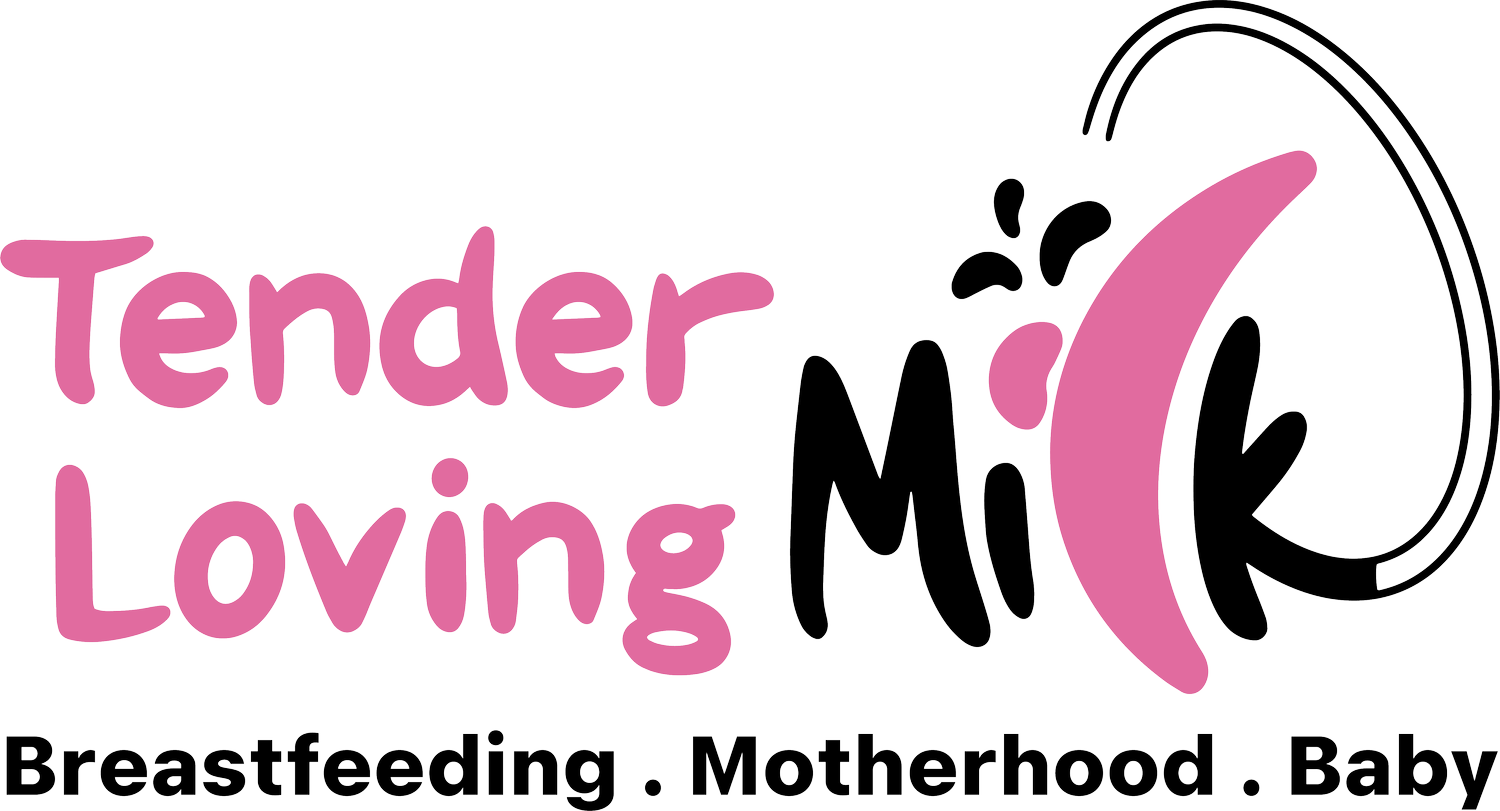The Basics of Milk Production
The Basics of Milk Production (and Why you Need to Know About It)!
Breastfeeding is an incredible way to ensure your newborn is having all of their nutritional needs met. Breast milk is high in unique vitamins and minerals, enzymes and hormones, and antibodies that cannot be received any other way.
So how does breast milk production work?
Understanding the stages of milk production is a great way to encourage yourself to nourish your body properly for the incredible work it is doing. Also, grasping the biology behind production will give you the power to control and regulate your milk supply.
Image by Luiza Braun via Unsplash
Throughout pregnancy, your body goes through significant change whether or not you can see all of those changes. Of course, we see things like a physical change in shape and size, but there are also internal changes occurring.
In the second trimester of pregnancy (weeks 13-18), the body begins to develop mammary alveoli in the breast. These sac-like glands are where milk production will happen, and where milk will be stored.
About halfway through pregnancy, a woman’s body begins producing colostrum. Some women begin leaking colostrum even before they give birth. Colostrum is what your baby will drink in the first 30-40 hours of life, and it is filled with immunity and vitamins. Kellymom’s definition of colostrum: “Colostrum is the early, concentrated milk that is full of nutrients and disease-fighting antibodies — it provides everything that your baby needs in the early days after birth.”
When you are breastfeeding
When breastfeeding, your baby will get both foremilk and hindmilk. Foremilk typically has high water content, lactose and proteins. After nursing for several minutes, the hindmilk will start flowing, where it contains a little more fats to help the baby have energy and gain weight. It is important to know that it is still one type of milk - breast milk. Regardless of foremilk or hindmilk, the act of breastfeeding alone will provide all the milk your baby needs to grow physically and emotionally; through the bond between both mummy and baby.
Image via Unsplash
The production of colostrum and breastmilk happens naturally for all mothers, whether or not they decide to breastfeed. Therefore, the continued production of milk relies on the continued expression of milk through breastfeeding or pumping. Milk supply is sustained according to how much milk is being expressed out on a regular basis. Milk production is regulated by the hormones oxytocin and prolactin.
Tip: Breastfeeding or pumping at night generally will help with milk supply because Prolactin is at its highest at night.
With that knowledge, mothers can learn to manage their milk supply. Typically, milk production levels will change 1-3 days (some up to a week) after a change in milk demand. Babies have no concept of how much milk mummy is making, and their feeding schedules are constantly changing. Try not to stress about milk production, and instead trust your body that it will follow its instincts to produce the appropriate amount of milk - as long as you are allowing the baby to nurse on demand.
While your body is doing this miraculous work, it is crucial to nourish your body so it can do its job. Allow yourself time to rest, practice self-care, and eat nourishing foods high in nutrients like Omega-3s, protein, calcium, and iron. By doing these things, you will be promoting the processes your body was made to do!
For more information on milk production and all things motherhood and breastfeeding, subscribe to my website! You will be the first to get access to free content and resources just like this.



